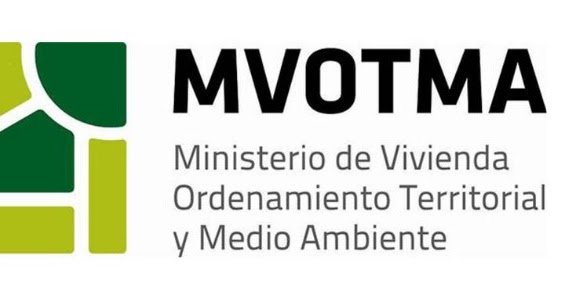Introduction
The project successfully achieved its objective of helping the Government of Uruguay to advance the process of the National Adaptation Plan in cities and local governments through building adaptation capacities in cities and urban environments and integrating adaptation measures into concrete cities and local development planning processes.
As a result of the project, the NAP-Cities was developed and submitted to the UNFCCC. NAP-Cities is a planning tool to reduce the country’s vulnerability to the impact of climate change and variability, to promote adaptive capacity and resilience and to facilitate its integration to planned development actions. The plan identifies medium- and long-term adaptation needs and presents the implementation strategies and programmes to address them. It is a continuous, progressive, and iterative process that allows for a country-driven, gender-responsive, participatory, and transparent approach.
As part of the project, studies, guides, and methodologies were prepared. Various initiatives and pilots were carried out to facilitate the integration of adaptation measures to climate change in public policies, in land use planning and in other planning processes for resource management and cities. The project's outcomes also include studies and proposals to identify opportunities for private sector participation in adaptation, and a communication and participation strategy that includes actions with the wider society, through activities with schools, high schools, community gardens, local community groups, groups of professionals and decision makers, both nationally and locally. Project products are published on institutional web pages, available to planners, decision makers, professionals, and communities.



Project details
The project “Integrating adaptation into cities, infrastructure and local planning in Uruguay” aimed to help the Government of Uruguay to advance the process of the National Adaptation Plan in cities and local governments. The two key objectives of the project were:
reduce vulnerability to the effects of climate change by building adaptation and resilience capacities in cities, infrastructure, and urban environments;
integrate measures, in policies, programmes and activities, into concrete development planning processes and strategies aimed at cities and local planning.
The project was designed to address the main gaps in integrating climate change adaptation into cities and local government planning and budgeting, as identified in a stakeholders’ consultation process in 2016, and in line with the priorities under the National Climate Change Response Plan of 2010 and the National Policy on Climate Change of 2017, as well as the framework of the 2012 LEG Technical Guidelines on NAPs.
Underlying challenges included limited awareness and consideration of future climate change in local and urban planning; limited access to and integration of national and international available data on climate change, risks and socio-economic vulnerabilities; in most cases, current risk assessments of climate-related hazards do not consider future climate change scenarios; and limited linkages and synergies between adaptation actions, public and private investments and long-term land planning and public budgeting.
PROJECT RESULTS
The key achievement of the project is the development of the NAP Cities. The time horizon of the NAP Cities reaches the year 2050, with Five-Year Action Plans.
The 41 measures included in the NAP Cities are described in detailed documents that include:
a description of their contribution to adaptation
a list of actions to be carried out for their implementation
the key actors identified and other institutions whose participation is recommended
the climate threats to which it responds
the financing options
its category in relation to the potential impact on gender inequalities
a set of recommendations for the incorporation and expansion of the gender perspective and generations with a human rights approach
Furthermore, the NAP Cities final document include:
a Monitoring and Evaluation Strategy (Adaptation status indicators - Action Plan progress indicators)
a Financing Strategy (sources, mechanisms, and financing alternatives)
and a vulnerability assessment
- National
- Local Governments
- National Governments
- Ministerio de Vivienda, Ordenamiento Territorial y Medio Ambiente
- Green Climate Fund
- United Nations Development Programme (UNDP)
News
Key results & output
Output 1: National mandate, strategy and steering mechanisms are in place and gaps are assessed
Output 2: Preparatory elements for the NAP in place to develop a knowledge-base and formulate a NAP
Output 3: NAP implementation facilitated
Output 4: Mechanisms for Reporting, Monitoring and Review of NAP-Cities and adaptation progress in place
Output 5: Funding strategy for the NAP-Cities and climate change adaptation is available








